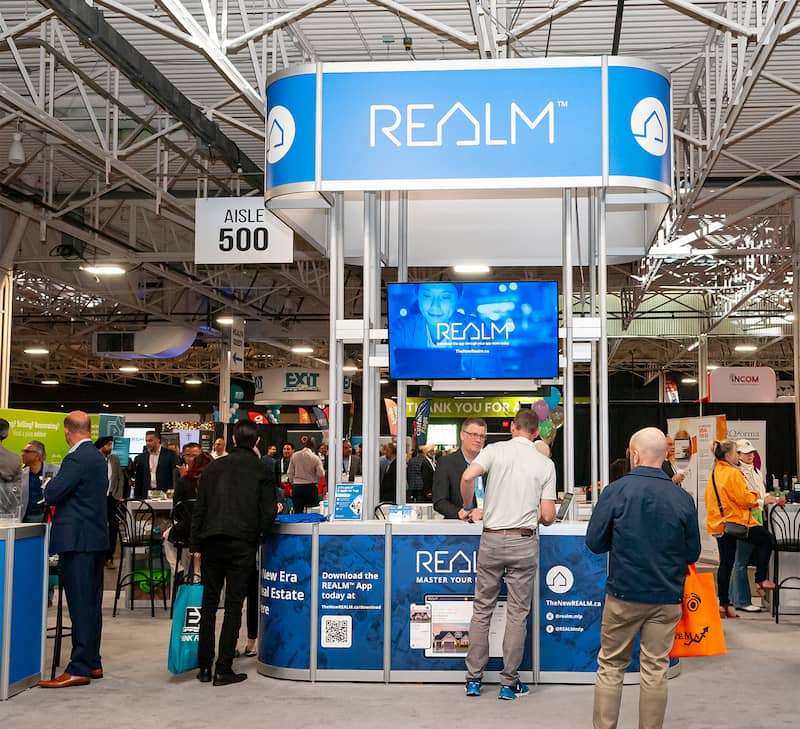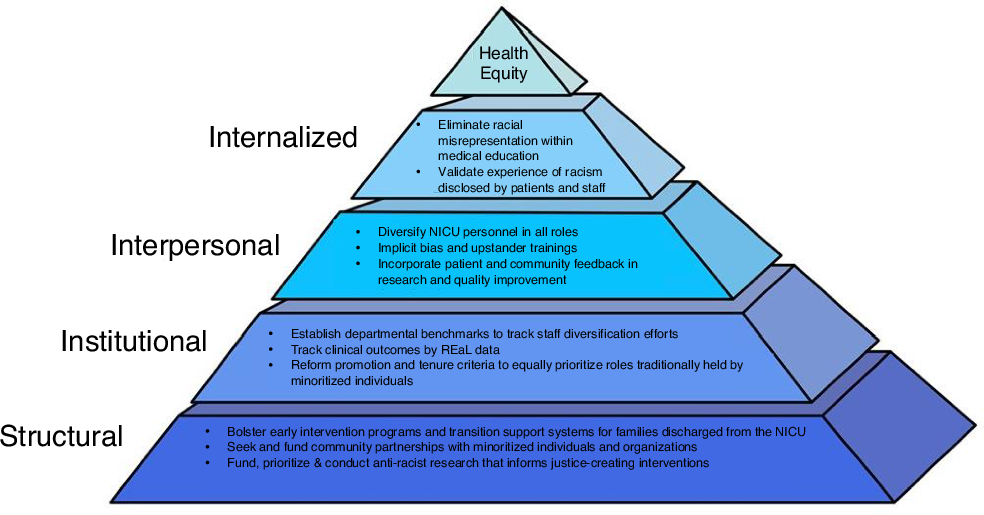Start your homebuying quest with a tour of Northeast Baltimore City – Johns Hopkins University

Initiative to Promote Sustainable Urban Development and Economic Equity in Baltimore City
Executive Summary
An initiative in Baltimore City, spearheaded by Live Baltimore and supported by Johns Hopkins University (JHU) and Johns Hopkins Health System (JHHS), aims to foster sustainable urban development and reduce economic inequalities through a homeownership program. The “Live Baltimore Trolley Tour” event, scheduled for Saturday, October 4, from 8 a.m. to 1 p.m. at Johns Hopkins at Eastern, serves as a key platform for this initiative. It directly supports several United Nations Sustainable Development Goals (SDGs) by connecting prospective homeowners with financial resources, housing experts, and urban communities.
Alignment with Sustainable Development Goals (SDGs)
The program is fundamentally aligned with global sustainability objectives by addressing key socio-economic challenges within an urban framework.
- SDG 11: Sustainable Cities and Communities: The initiative directly promotes inclusive and sustainable urbanization by encouraging investment in diverse city neighborhoods. By facilitating homeownership, it helps build stable, resilient communities and strengthens the local urban fabric.
- SDG 1: No Poverty & SDG 10: Reduced Inequalities: By providing access to significant financial grants, such as the Johns Hopkins Live Near Your Work program, the initiative lowers barriers to homeownership. This process enables asset building and wealth creation, which are critical tools for poverty reduction and narrowing the wealth gap.
- SDG 8: Decent Work and Economic Growth: The program links stable employment at a major local institution (Johns Hopkins) with community investment. This synergy fosters inclusive and sustainable local economic growth by retaining talent within the city and encouraging employees to contribute to the local economy as residents and homeowners.
Financial Assistance through the Johns Hopkins Live Near Your Work Program
A central component of this initiative is the financial support offered to JHU and JHHS employees, which provides a direct pathway to achieving the aforementioned SDGs. The program offers grants of up to $17,000 toward down payment and closing costs.
Eligibility and Requirements
- Participants: Must be full-time, benefits-eligible employees of the university or health system.
- Geographic Area: Properties must be located within designated Baltimore City boundaries.
- Mandatory Education: Applicants are required to complete a homebuying education course and receive counseling from an approved Baltimore City agency.
Informational sessions are available, including an in-person presentation at the October 4 Trolley Tour and a dedicated webinar on Thursday, September 18, at 1 p.m.
Program Objectives and Participant Outcomes
The Trolley Tour is structured to provide participants with the necessary tools and confidence to pursue homeownership, thereby contributing to community stability and personal financial health.
- Enhanced Knowledge of Urban Communities: Participants gain a comprehensive understanding of Baltimore’s neighborhoods, facilitating informed investment decisions that align with community revitalization efforts (SDG 11).
- Direct Access to Financial Resources: The event provides a centralized point of access to financial assistance programs and incentives designed to reduce economic barriers to homeownership (SDG 10).
- Professional Network Development: Attendees can establish connections with lenders, real estate agents, and housing counselors, building a support network essential for navigating the homebuying process.
- Empowerment for Action: The program aims to equip prospective buyers with the inspiration and practical knowledge required to proceed with homeownership, fostering long-term economic security (SDG 1).
Analysis of Sustainable Development Goals in the Article
1. Which SDGs are addressed or connected to the issues highlighted in the article?
-
SDG 11: Sustainable Cities and Communities
- The article is centered around the “Live Baltimore Trolley Tour” and the “Live Near Your Work” grant program, both of which are initiatives designed to encourage people to buy homes and live in Baltimore City. This directly supports the goal of making cities and human settlements inclusive, safe, resilient, and sustainable by promoting investment in urban neighborhoods and encouraging community growth. The program aims to strengthen the urban fabric by attracting and retaining residents.
-
SDG 1: No Poverty
- The article highlights significant financial assistance for potential homeowners, specifically “up to $17,000 in grants toward down payment and closing costs.” By reducing the financial barriers to homeownership, the program helps individuals and families acquire a major asset. Asset ownership is a key factor in building long-term wealth and achieving financial stability, thereby contributing to poverty reduction.
2. What specific targets under those SDGs can be identified based on the article’s content?
-
Target 11.1: Ensure access for all to adequate, safe and affordable housing.
- The “Live Near Your Work” program directly addresses this target by providing substantial financial grants to make housing in Baltimore City more affordable and accessible for Johns Hopkins employees. The article states the grants are for “down payment and closing costs,” which are primary hurdles to homeownership for many people.
-
Target 1.4: Ensure that all men and women, in particular the poor and the vulnerable, have equal rights to economic resources, as well as access to basic services, ownership and control over land and other forms of property.
- The program’s core function is to facilitate the ownership of property (homes). By offering grants and educational resources like a “homebuying education course,” it provides employees with access to an essential economic resource, empowering them to build equity and financial security through homeownership.
3. Are there any indicators mentioned or implied in the article that can be used to measure progress towards the identified targets?
-
Amount of financial assistance provided for housing.
- The article explicitly mentions a quantifiable indicator: “up to $17,000 in grants.” The total amount of grant money disbursed to employees can be tracked to measure the scale of the financial support aimed at making housing more affordable.
-
Number of beneficiaries of housing and financial literacy programs.
- The article implies this indicator by promoting registration for the “Trolley Tour” and a webinar. The number of attendees at these events, and more specifically, the number of employees who ultimately receive the grant and purchase a home, serve as direct measures of the program’s reach and success in facilitating homeownership.
-
Provision of homebuyer education and counseling.
- The article states that the grant program requires the “completion of a homebuying education course and counseling from an approved Baltimore City agency.” The existence and mandatory nature of this requirement is an indicator of efforts to ensure sustainable homeownership and empower new buyers with financial knowledge, contributing to the long-term success of the housing initiative.
4. Summary Table of SDGs, Targets, and Indicators
| SDGs | Targets | Indicators |
|---|---|---|
| SDG 11: Sustainable Cities and Communities | Target 11.1: Ensure access for all to adequate, safe and affordable housing. |
|
| SDG 1: No Poverty | Target 1.4: Ensure equal rights to economic resources, including access to ownership and control over property. |
|
Source: hub.jhu.edu

What is Your Reaction?
 Like
0
Like
0
 Dislike
0
Dislike
0
 Love
0
Love
0
 Funny
0
Funny
0
 Angry
0
Angry
0
 Sad
0
Sad
0
 Wow
0
Wow
0
















































/environment-climate-change-and-health-(ech)/water-sanitation-hygiene-and-health-(wsh)/landfill-tuvalu-36092.tmb-1200v.jpg?sfvrsn=5c21fe40_1#)

.jpg.webp?itok=0ZsAnae9#)

























